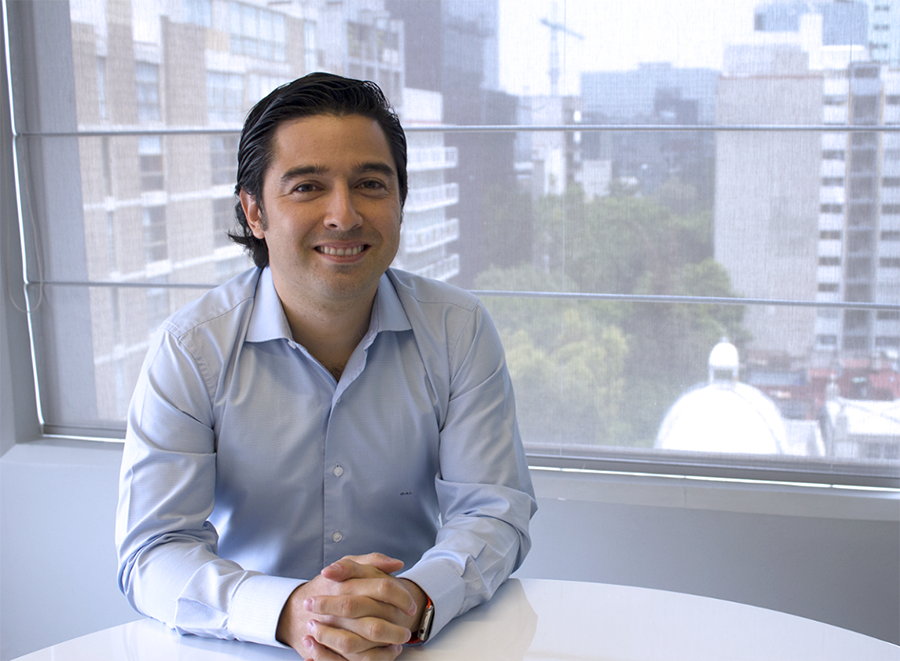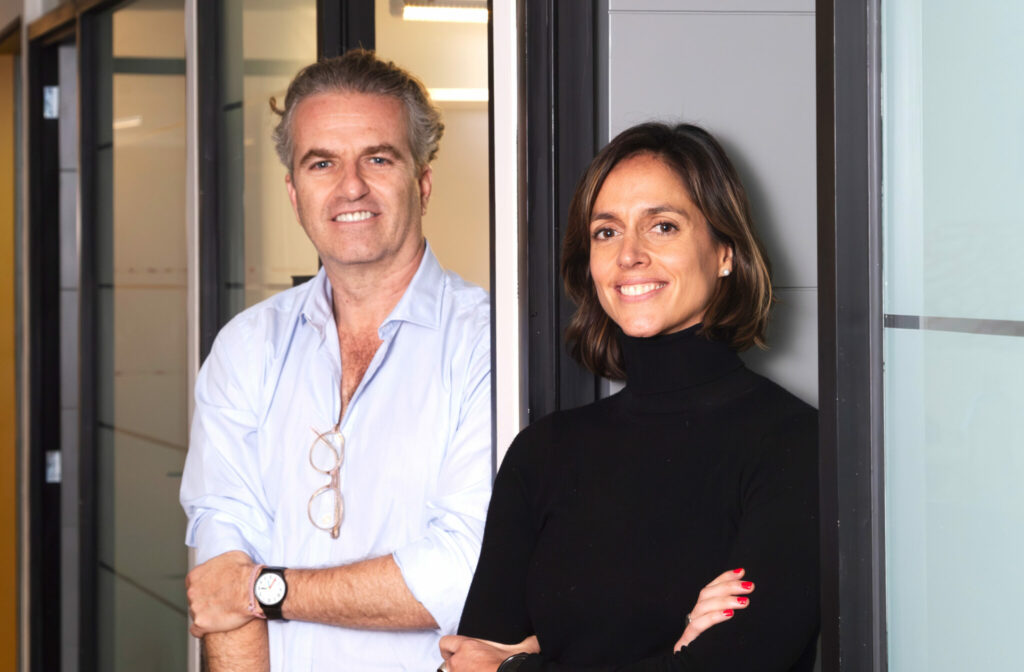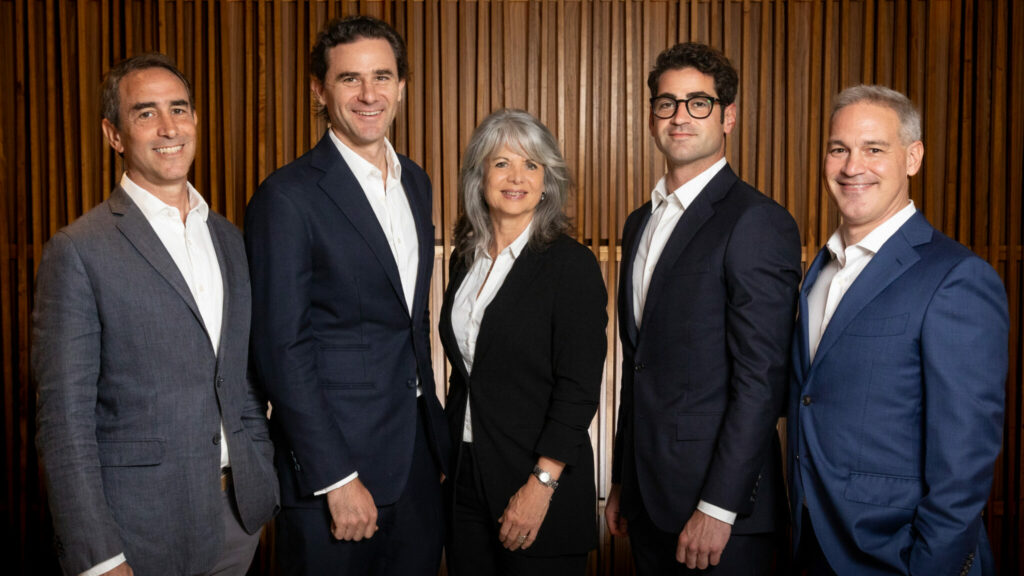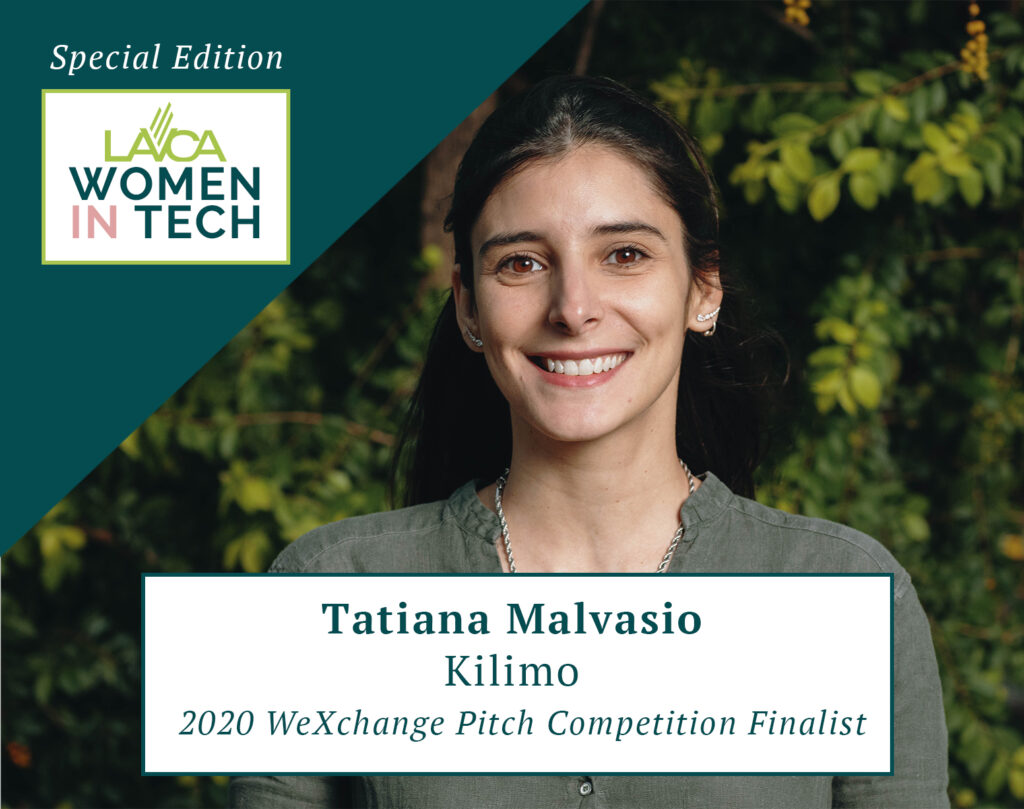Entrepreneur Profiles
Entrepreneur Profile: David Arana, Founder & CEO, Konfío
25 May 2016

Company: Konfío
Founder & CEO: David Arana
Investors: IFC, KaszeK Ventures, QED, Quona Capital, Jaguar Ventures & Accion Venture Lab
Mexican fintech startup Konfío just secured a US$8m Series A from KaszeK Ventures, QED, Quona, and Jaguar Ventures, marking both KaszeK and QED’s first investment in Mexico. With fintech heating up, LAVCA spoke to David Arana, Founder and CEO of Konfío about the opportunity for this sector in Latin America and how to effectively build relationships with investors.
LAVCA: When and why did you start Konfío?
Arana: For every 20 companies in Mexico, 19 are considered “very small” (annual sales up to US$700K). Making up 95% of companies in Mexico, very small businesses account for more than half of the workforce, but the options they have for financing are not ideal.
Business owners can go to banks, which ask for physical collateral (worth at least 3X every peso they lend, like your house.) Banks also require a credit risk analysis/underwriting, a time consuming and expensive process regardless of ticket size, so they prioritize the biggest tickets for economies of scale. The next option for small companies is micro-financing. The micro-finance model has been successful with examples like Compartamos in Mexico and a few others, but it’s mostly targeted at group lending in rural areas.
Understanding there was this massive opportunity, I left Deutsche Bank in March 2013 – I was working on structured products at the time, mostly credit derivatives in Mexico and Latin America. Francisco Padilla and I started building something basic, to be able to give financing to smaller companies and see if the platform was even viable, and if we would get the money back.
LAVCA: How does Konfío make loans?
Arana: The product is short-term/mid-term loans, up to two years, with an average of nine months. Notionals go up to US$10K for first time loans, and the average ticket size is US$2K. Of our clients who get a loan on our platform, roughly 93% return it within 8 days.
Of our clients who get a loan on our platform, roughly 93% return it within 8 days.
It takes about ten minutes to fill out a loan application on konfio.mx. When you are finished applying, you get an immediate response. If you’re a small business and trying to run everything yourself, the last thing you want to do is spend months dealing with the uncertainty and time commitment required by a financial institution. We try to be respectful of the client’s time and respond and disperse the loan immediately.
LAVCA: How do your rates stack up against the competition?
Arana: Payday loan players charge 4000-6000% in terms of APR.
Compartamos, which is a traditional micro-finance institution in Mexico, charges about 80-100%, for really small, uncollateralized group loans.
Credit cards charge 50-90%, depending.
Banks with collateralized loans charge around 30%.
Our rates start at 24% annually and go up to an average of 60% annually and we ask for no collateral. As we mature, and get better pricing in terms of debt financing, our plan is to give that value over to the client. If they have a better product that allows them to grow at a faster rate, it’s better for us as a company.
LAVCA: How do you determine credit-worthiness?
Arana: We are looking at two things to analyze credit-worthiness: Does the client have the sufficient cashflow to pay back the loan within a certain time frame? And if they have the money, are they going to pay? It’s not that different than what any other financial institution does, or should be doing; we’re just very quick, and have an abundance of pre-gathered information at our fingertips, thanks to technology.
The first thing we look at is willingness to pay: If you are a business with 20 things to pay — phone bill, payroll, suppliers and debt — are we going to be at the top, middle or bottom of the list? We measure this using a lot of data, aided by the online application. We also look at social data, how long it took them to respond, where they are answering the application from (at work, close to work?); spelling; a lot of things that haven’t been used in the past, that come into play and can help you predict your credit risk. When we put the data through statistical models, it allows us to quantify that willingness to pay for each individual client.
The second thing we do is look at capacity to pay. How much are they selling or spending? We focus a lot on trying to understand what the credit score of the business is, and what seasonality issues look like, what industry they’re in. And we’re looking at a broader spectrum than their checking account. Especially in Mexico, it’s not heavily banked; it’s a very cash-based economy. There are other sources we have to look at to understand what the business is doing, including transactional data from e-commerce platforms and payment gateways, and we try to be creative.
LAVCA: Are you using open APIs or striking data partnerships?
Arana: Most of the data we’re using is via partnerships and APIs. Mexico promotes open access to data, which also helps. We spend the majority of our time cleaning the data, eliminating noise and really trying to understand how to monetize different pieces of information.
LAVCA: Fintech is the most popular category of IT investment right now in Latin America, capturing US$142m in 2015 (according to LAVCA). And to your point on the opportunity, about 60% of Mexico and Colombia’s population is unbanked (versus about 30% in Brazil or Chile, and 6% in the US). What is the landscape like in Mexico, and who are some of the players in your space?
Arana: I’m excited about the wave of innovation and I think the more options that SMBs have, the better the ecosystem is going to be. It’s incredible to think that they are getting used to new non-bank alternatives for financing.
In Mexico…focusing on SMBs was not popular at first, but now more players are emerging.
In Mexico, the initial wave of fintech companies were doing consumer related financing: payday lenders, consumer based marketplace lenders, following a model that’s worked in the US and other places. Focusing on SMBs was not popular at first, but now more players are emerging. We do mid-term revolving debt instruments; others are doing factoring, reverse factoring.
Competition is healthy for everyone; it forces you to become the best at what you do. With banks servicing 1/20 SMBs worldwide the opportunity for new fintech companies to work with 19/20 of them is huge.
LAVCA: Why don’t you ask for collateral to issue a Konfio loan?
Arana: The math we run is good enough and the product becomes a lot better for the client when we don’t ask them to put up a house that is 3X the value of the loan. Also, using collateral in Mexico is really painful and expensive. It often involves getting third parties involved, like a notary public, which can complicate the process and introduce corruption.
LAVCA: Is Konfío going to be capital-intensive? Nubank, by comparison, raised US$80m in equity last year, and another US$100m debt investment by Goldman Sachs.
Arana: We are going to be capital intensive. So far, we’ve used equity and debt facility to lend. That’s our model. We thought about becoming more of a marketplace lender, but if we did that we’d have to service two people at the same time, which is not a good idea. We lose focus and don’t learn much about how to originate correctly. And we have skin in the game, which forces us to have good internal control and be aligned in terms of best practices, transparency, reporting to the debt facility, and I think it’s a great way to grow for now.
LAVCA: How have you financed Konfío to date?
Arana: We self-financed for the first month or so. The original round of loans went out with our own capital, to try out the model. Then we raised a seed round in October 2014, mostly friends and family. Accion Venture Lab and Jaguar invested in December 2014. We used that initial seed round to prove the unit economics were working out, to learn about how to manage credit risk, and to acquire customers digitally. We had really good traction in the first two years, with roughly 200K businesses asking for some form of financing.
We just closed a US$8M Series A, where KaszeK Ventures, QED and Quona came in, and Jaguar followed on. QED is active in fintech — the investors all come from Capital One. QED has four investments in Brazil; we’re their first in Mexico. They are experts in credit products, credit risk, and marketing with credit. They are a very hands-on investor.
This is also KaszeK’s first investment in Mexico. In terms of UX tech best practices, LatAm cultural components, and HR, they are incredibly helpful; I have nothing but amazing things to say about them. And Quona is a significant fintech player for emerging markets. This is also the first time an Accion Venture Lab-backed company has gotten follow on investment from a larger Accion vehicle.
LAVCA: How did you go about your search for financing?
Arana: I started talking to people when we launched the business, because I’d read about fundraising processes taking such a long time. At first the interactions were very high level, “Hey, this is what we’re doing, don’t need anything right now but want to say hi and keep you posted.” I was more of a trader in my previous job, so I didn’t have that much experience in selling and dealing with investor relationships, resulting in a good but intense learning process for me. I think I was terrible at first and learned along the way.
After 2014, Accion and Jaguar provided support in terms of introducing us to other strong players in the industry. The most important part has been the team we’re building.
LAVCA: How many people are on the team? How has it been sourcing talent in Mexico?
Arana: We have 26 people on the team and expect to double or triple that number by the end of this year.
It’s been difficult to source talent, especially on the tech side. Mexico has a lot of engineers, but a big portion of the top tier engineers get job offers in the US or elsewhere. For most of them, it’s exciting, so they go. What’s attractive for them is working for a large corporation with stability and perks. Our initial talent was gathered somewhat fortuitously. Several of them had worked abroad but were back in Mexico for various reasons, and wanted to do something different.
We also just closed a really senior hire to help us with capital markets relationships, Carlos Arredondo. He started out as a bank teller, and eventually became Managing Director of Bank of America in New York, heading institutional sales for Latin America.
More than the funding, it’s important to be surrounded by people who are better than us as a team and who are going to help us grow and increase the probability of success. A big part of that is the alignment of core values.
LAVCA: What do you look for in an investor?
Arana: More than the funding, it’s important to be surrounded by people who are better than us as a team and who are going to help us grow and increase the probability of success. A big part of that is the alignment of core values.
One of our biggest values is the kind of impact we’re creating. If the product isn’t good for the client, there is no long-term future as a company. That is something we have in common with all of our investors. At the end of the day there’s innovation, but we’re also trying to create impact and allow some of these companies to obtain access to newer technologies which allow them to build their team, hire more people, and create jobs.
LAVCA: Where do you see Konfío in 3-5 years?
Arana: Mexico is a large market. There are a number of small companies we can work with right in our own backyard. We want to become leaders in our space and once we get there locally, there are other countries in LatAm that have a very similar landscape in terms of cultural issues, in terms of willingness to pay, and unbanked issues, and a big need for unsecured debt funding.
You may be interested in...
-

Is AI a Thing in Latin America? In Conversation with Hi Ventures
LAVCA sits down with Hi Venture to discuss their evolving thesis and vision for...
-

The Future of B2B Startup Investing in LatAm: In Conversation with NXTP
NXTP Ventures recently reached a USD98m final close for NXTP Fund III, its third...
-

A 20-Year Journey: An Interview with Technisys CEO Miguel Santos
Company: Technisys Investors: KASZEK, Dalus Capital, Riverwood Capital Interview...
-

Satellite Analytics & Irrigation Systems: Interview with Kilimo COO Tatiana Malvasio
Company: Kilimo Investors: NXTP Ventures, Alaya Capital, The Yield Lab, Xpand...